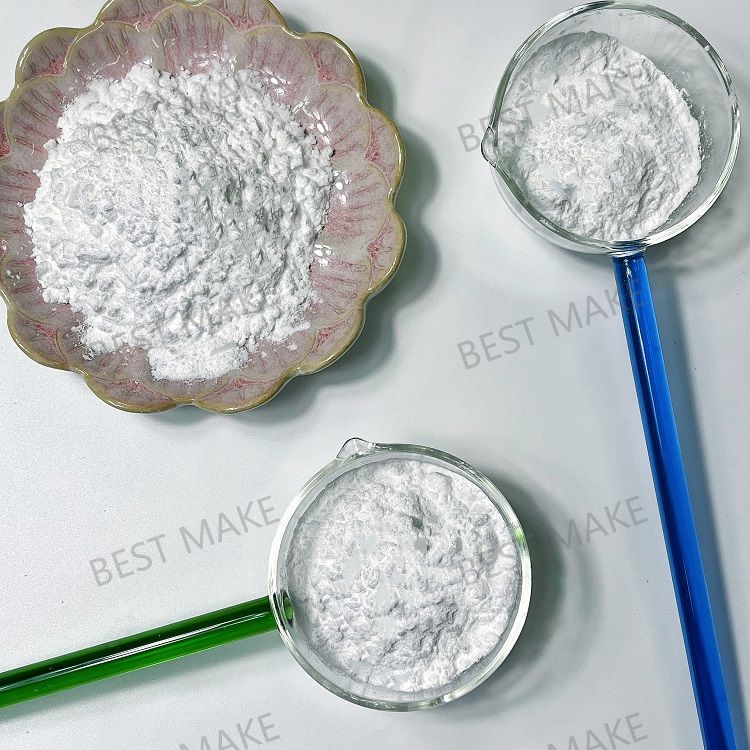-
Categories
-
Pharmaceutical Intermediates
-
Active Pharmaceutical Ingredients
-
Food Additives
- Industrial Coatings
- Agrochemicals
- Dyes and Pigments
- Surfactant
- Flavors and Fragrances
- Chemical Reagents
- Catalyst and Auxiliary
- Natural Products
- Inorganic Chemistry
-
Organic Chemistry
-
Biochemical Engineering
- Analytical Chemistry
- Cosmetic Ingredient
-
Pharmaceutical Intermediates
Promotion
ECHEMI Mall
Wholesale
Weekly Price
Exhibition
News
-
Trade Service
Atoms are the basic particles in the great world, and they are also inseparable basic particles in chemical reactions
Since the discovery of radioactivity at the end of the 19th century, the study of atomic structure has attracted people's attention
Nuclides are divided into stable nuclides and radionuclides
The number of protons, nuclear charges and extranuclear electrons of the isotopes are all the same (proton number=nuclear charge=number of extranuclear electrons) and have the same electronic layer structure.
The discovery and definition of isotopes has given people a deeper understanding of atoms
Radioactive isotopes are called "radioactive isotopes", and non-radioactive isotopes are called "stableisotope" (stableisotope)
1.
(1) Mass spectrometry
Although the chemical properties of the isotopes of the same element are basically the same, the physical properties are different due to the different mass numbers
The relative abundance of the isotope of elemental hydrogen: 1 H=99.
The relative abundance of the isotope of elemental carbon: 12 C=98.
The relative abundance of elemental nitrogen isotope: 14 N=99.
The relative abundance of elemental oxygen isotope: 16 O=99.
The relative abundance of elemental chlorine isotope: 35 C1=75.
It has been found that there are 16 isotopes of chlorine, of which 35 C1 and 37 C1 are stable, and the others are extremely small and can be ignored when calculating the atomic weight
Using the relative abundance of isotopes with different mass numbers for the same element due to different neutron numbers, the intensity of the same type of fragments in the mass spectrum will show a gradient of relative abundance ratio due to the difference in mass.
(2) Nuclear magnetic resonance
The application of isotopes in nuclear magnetic resonance has become very popular, see Figure 18-1
Figure 18-1 Application of isotopes in nuclear magnetic resonance
Some deuterated solvents can dissolve the corresponding sample and use the deuterium signal to lock the field
.
The 2H in the reagent is a stable isotope, see Figure 18-2
.
Figure 18-2 Various deuterated reagents
Commonly used A-generation solvents are; chloroform-d3, methanol-d4, heavy water-d2, dimethyl sulfoxide-d6, acetone-d6, acetonitrile-d3, trifluoroacetic acid-d, sulfuric acid-d2 and so on
.
For the slippery fish ( 1 H) in deuterated solvents, and the proton 1 H NMR chemical shifts of various groups in different deuterated solvent environments, please refer to Journal of Organic Chemistry (1997, Vol.
62, No.
21) , 7513)
.
Modern nuclear magnetic resonance can also use 13 C, 15 N, 19 F, 31 p and other nuclides to lock the field, but the corresponding instrument configuration may need to be changed
.
(3) Isotope tracing method
Isotope-labeled compounds have been widely used in immunology, molecular biology, genetic engineering research and development of basic nuclear medicine, playing an important role
.
For example, the isotope oxygen-18 labeled compound is used to track the reaction process, infer and confirm the reaction mechanism, etc.
The reaction mechanism of the esterification reaction is a successful example of the isotope tracer method
.
2.
Stable isotope and toxicity
Isotopes and poisons cannot be equated.
There is no need to talk about the color change of the element (isotope).
There are both toxic and harmful isotopes (such as radioactive isotopes) and non-toxic and harmless isotopes
.
For example, whether sodium ions are poisonous has nothing to do with sodium itself.
Sodium chloride is not poisonous.
People eat it every day (but not eat it as a meal).
Sodium cyanide , which is also a sodium salt, is highly toxic
.
Nitrogen is non-toxic, and the air contains 78% nitrogen, but you can’t just breathe in nitrogen, otherwise it will lead to the end of life due to lack of oxygen and vacancies
.
The material world is mainly composed of stable isotopes, which are divided into light stable isotopes and heavy stable isotopes
.
The isotope with the larger mass in a certain element is called the heavy isotope compared to the isotope with the smaller mass, and vice versa is called the light isotope
.
The human body is mainly composed of hydrogen, carbon, nitrogen, and oxygen
.
Based on the weight of 70kg of the human body, it contains approximately 270g of heavy and light isotopes .
The human body is not only exposed to isotope or harmful radiation of radioisotope all the time, but also directly ingests (inhales and ingests) heavy isotope every day
.
Preliminary studies believe that drinking heavy water can prolong life, and only when there is a high content of 2 H in the body (accounting for 15% of body weight) will it cause significant toxicity to mammals
.
In the century since the first discovery of isotopes, researchers in pharmacology and toxicology have conducted a lot of research on the toxicity, teratogenicity and mutagenicity of stable heavy isotopes
.
The 13 C content in mice increased to 15%-20% of the total carbon content, and no teratogenic reactions were observed
.
90% of the oxygen in the water and air used to raise the mice was replaced by 180, and no toxicity and teratogenic reactions were observed for three generations
.







